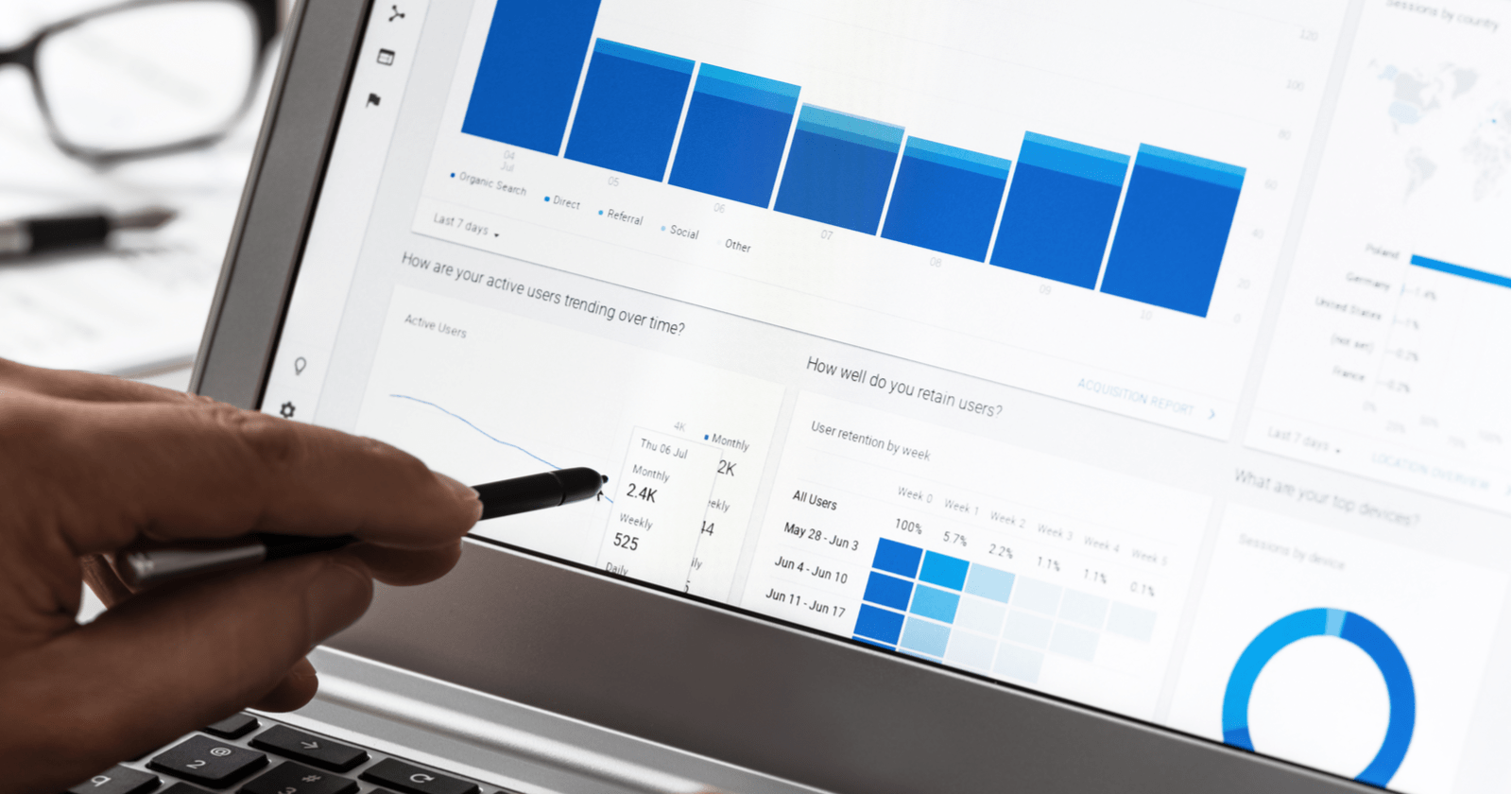Running a PPC campaign involves more than just placing an advertisement and paying for it. For optimum performance, a number of parameters must be tracked. Otherwise, you can discover that the results are disappointing even after setting up an ad account and performing routine campaigns.
Google offers you a variety of indicators to take into account whether you are running a single targeted ad or several advertisements inside each ad group. You can frequently be unsure of which to concentrate on and which to disregard because there are so many.
Table of Contents
Describe Google Ads.
Google Ads, formerly known as AdWords, is a platform for running pay-per-click advertisements. This implies that the advertiser must pay Google a certain sum each time a user clicks on the advertisement.
Ad listings are frequently found at the top and bottom of Google search results when you do a search. You are not being shown these advertisements at random. Google makes its placement decisions for ads based on a variety of variables.
The Google search engine chooses which ad to display on the SERP every time you enter a query. PPC advertising operators are required to pay.
Ad listings are frequently found at the top and bottom of Google search results when you do a search. You are not being shown these advertisements at random. Google makes its placement decisions for ads based on a variety of variables.
The Google search engine chooses which ad to display on the SERP every time you enter a query. PPC campaign owners must pay Google for the things they want for their advertising, and this fee varies depending on the business.
Google’s Display Network includes approximately two million websites. As a result, a variety of factors play a role in determining if your PPC campaign is effective and generating good results.
Top 6 Metrics for Measuring PPC Performance in Google Ads
The effectiveness of your PPC campaign may be evaluated using a number of measures. However, you might decide to concentrate on the few most crucial ones based on your objectives and needs.
The following six Google Ads metrics are often crucial to track since they together paint a complete picture of how your campaign is performing and what can be changed to enhance outcomes.
Rate of Conversion
Every time a user performs a desired activity, you must pay a fee known as the cost per conversion (CPC). This is a crucial PPC measure because conversion may indicate many different things.
You have to pay Google a particular amount of money for each desired activity. Depending on the business, each campaign has a unique conversion strategy and pricing point. In order to determine how competitive your keywords are, compare your CPC to that of other marketing channels.
- Use long-tail keywords if your CPC and CPA (cost per action) are rising.
- target audience from particular channels
- Boost maximum bids for significant keywords
Rate of Clickthrough
The number of times your advertising are displayed compared to the number of times a user clicks on the ad is known as the clickthrough rate, or CTR. For instance, if 1,000 individuals see your adverts once each, and 600 of them choose to click them, your CTR would be 60%.
The CTR is erratic and may change daily. It could also demonstrate a striking contrast between weekdays and weekends. CTR may be calculated for both ads and keywords. This strengthens your marketing plan by allowing you to adjust as needed in response to results.
Your goal must be to maintain the CTR at its ideal level. Given that you must pay Google for each click and do not want any pointless or wasteful clicks, it does not need to be excessive. Change your targeting and ad copy to attract higher-quality clicks that may result in conversions.
However, watch out for too-low CTRs since they may have an impact on your Google Quality Score, another essential ad indicator.

Quality Ratings
Quality ratings are available on your Google Ads panel. Check it frequently to spot problems and make changes. Your QS should ideally range from 7 to 10. Anything less than that might hurt your PPC campaign by not displaying your ad to users who would be interested in it.
Google considers the keyword bid amount and quality score when selecting ad position. Thus, if your quality score is greater, you could even be able to outbid a competitor’s ad.
Charges Per Click
Cost per click refers to the amount you pay Google each time a person clicks your advertisement. Despite appearing to be fixed, this statistic may be improved over time to have lower rates. If you run clever advertisements, your CPC might go down by 10% in a year.
Because CPCs differ by industry, it’s important to monitor long-term developments. Changing keywords is another way to save expenses when they rise. To attract more relevant visitors, use long-tail keywords and raise the maximum bids for your chosen keywords.
ROI on Advertising
The most important measure that any PPC marketer should monitor is return on ad spend, or ROAS. It is the proportion of your whole ad spending to your income.
For your PPC campaign to be deemed successful, you must have a positive ROAS. Compared to other channels’ returns, compare yours. If they are lower, you must modify your advertisement.
Consider all expenses when calculating return on investment (ROI) or return on assets (ROAS), such as:
- cost per click
- Fees for managing campaigns
- Design and display costs
- Price per conversion, etc.

